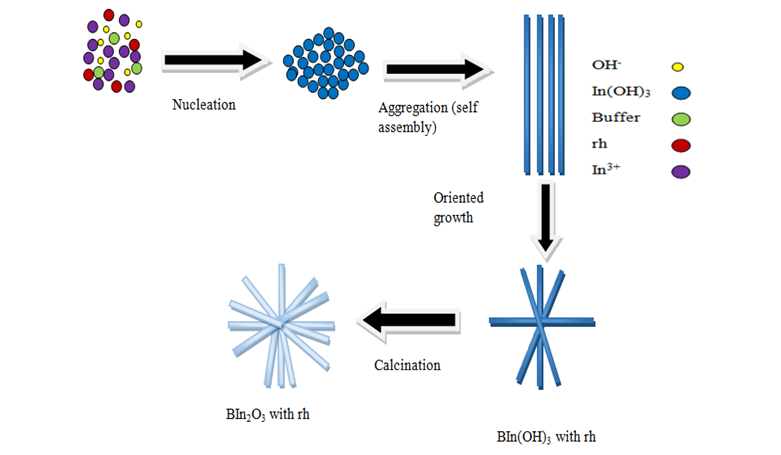
Ozone depletion arises due to the presence of gases like chlorofluorocarbons and halons which are liberated into the atmosphere. The region of earth’s atmosphere named as ozone shield, in which absorbs the ultra violet radiations of the sun. Although, its thickness varies periodically, this layer is primarily located in the lower stratosphere between 15 to 35 kms above the earth. Due to this, the ultraviolet rays directly enter into the earth causes harmful effects little by little on both living and non-living organisms. In this paper, BIn2O3 with rh sensor in co precipitation method is used to detect the ozone depletion and it is based on the solid-state gas sensors. To achieve the excellent performance of an ozone depletion detecting branch like BIn2O3 with rh, this was designed using a simple precipitation method. The coprecipitation method had deposited in BIn2O3 with a thickness of 45 to 50 nanometer. The detection limit of ozone reduced as 30 parts per billion. Further, the gas detector demonstrated high sensitivity and selectivity of the device. The rhodium covers the surface areas ranges from 0 to 0.1. It reaches the accuracy of 96%. According to the degree of rhodium coverage, the sensors will be response to the ozone gas. The oxygen chemisorbed ability and a coverage of a great surface area of BIn2O3 with rhodium highly related to the excellent sensing behavior. This study paves the way for an exact sensing and ppb level detection ozone gas.
Total file downloads: 8